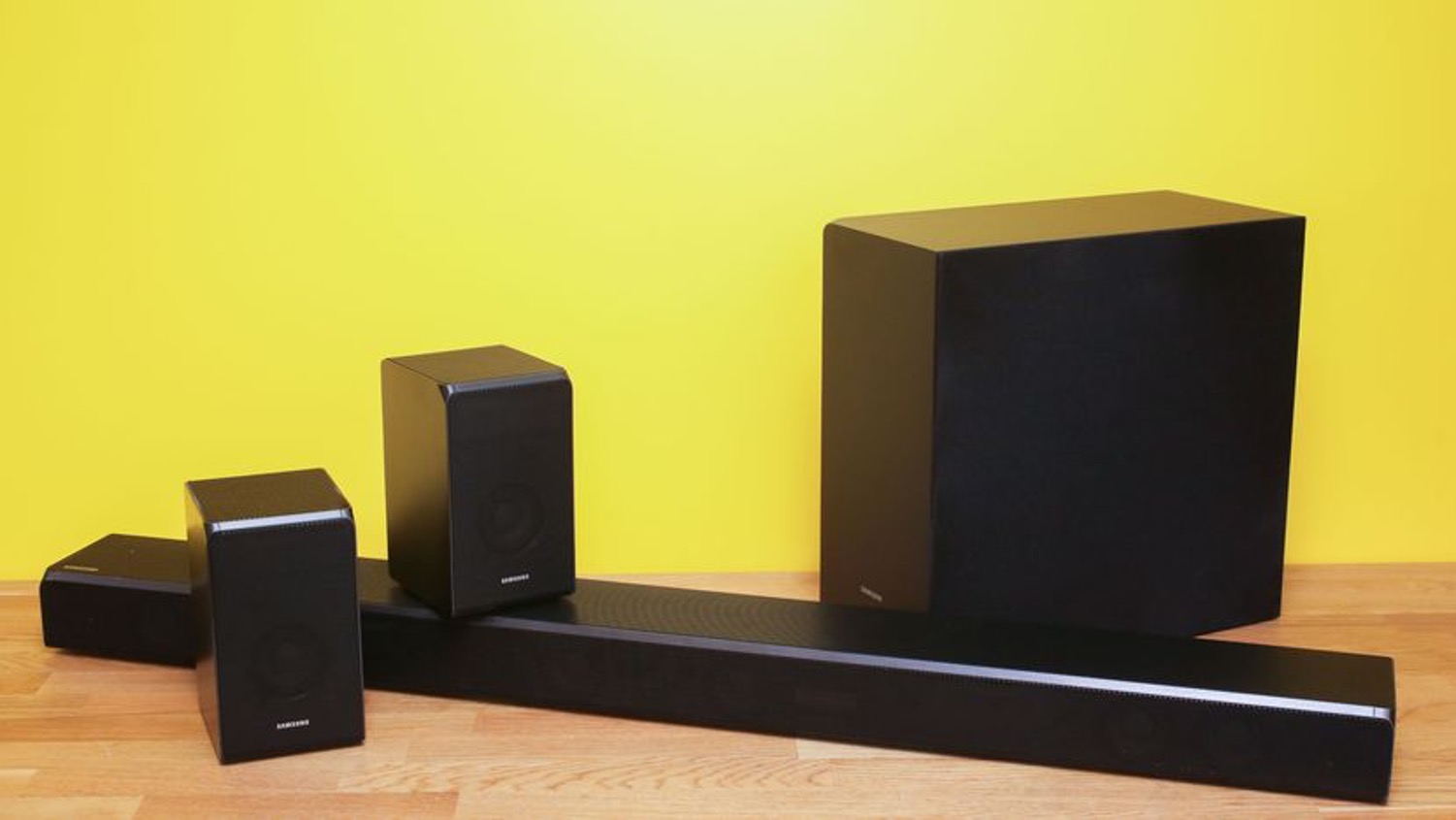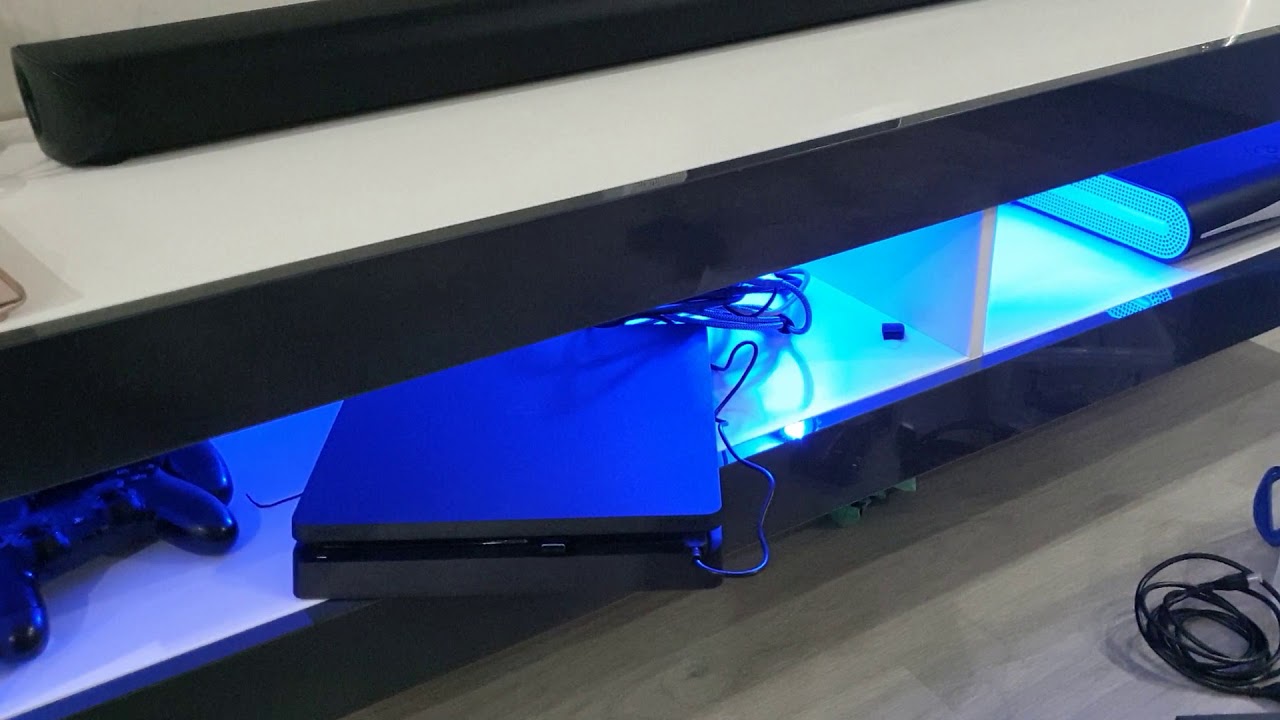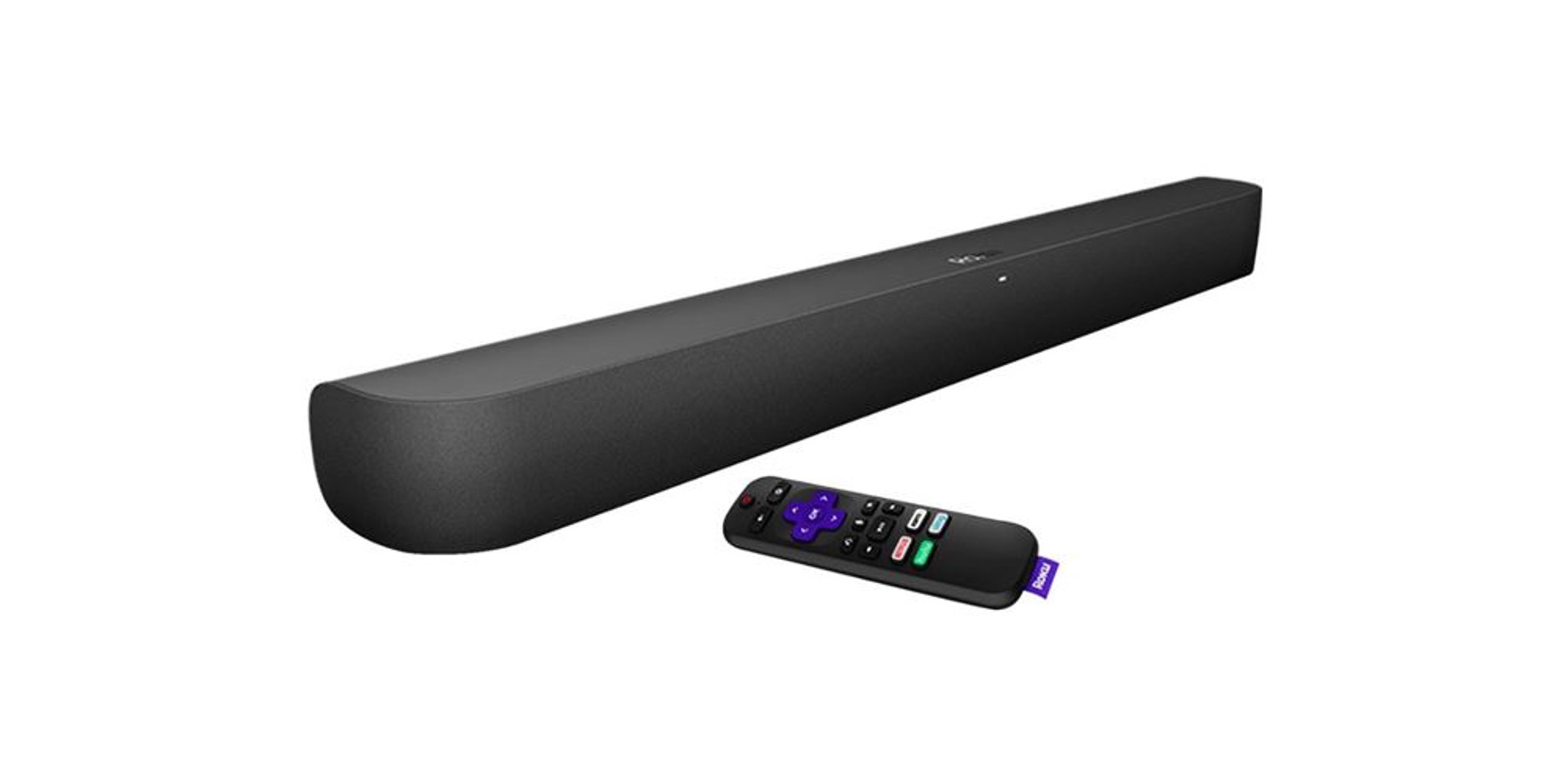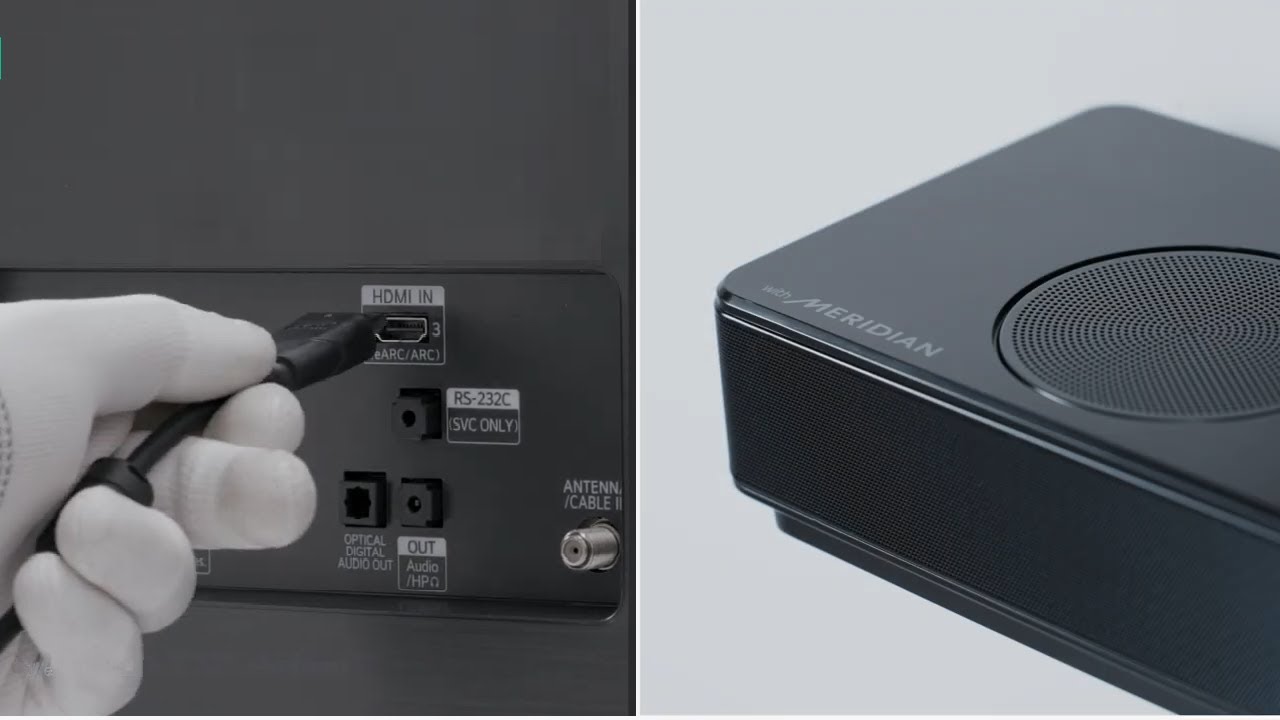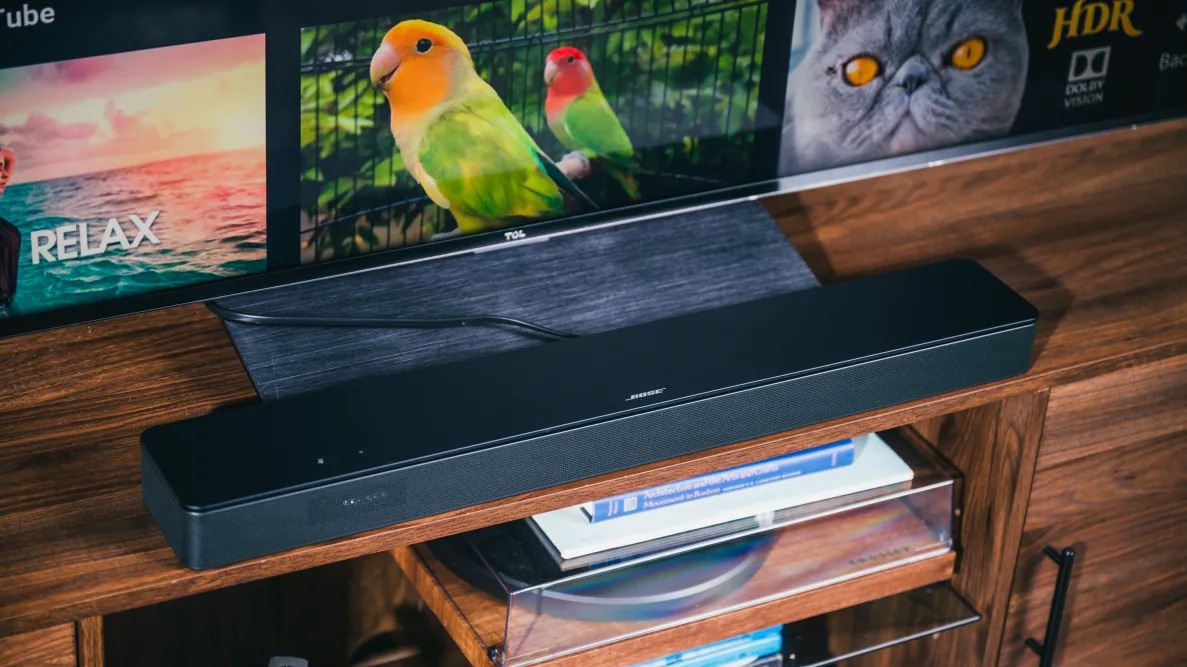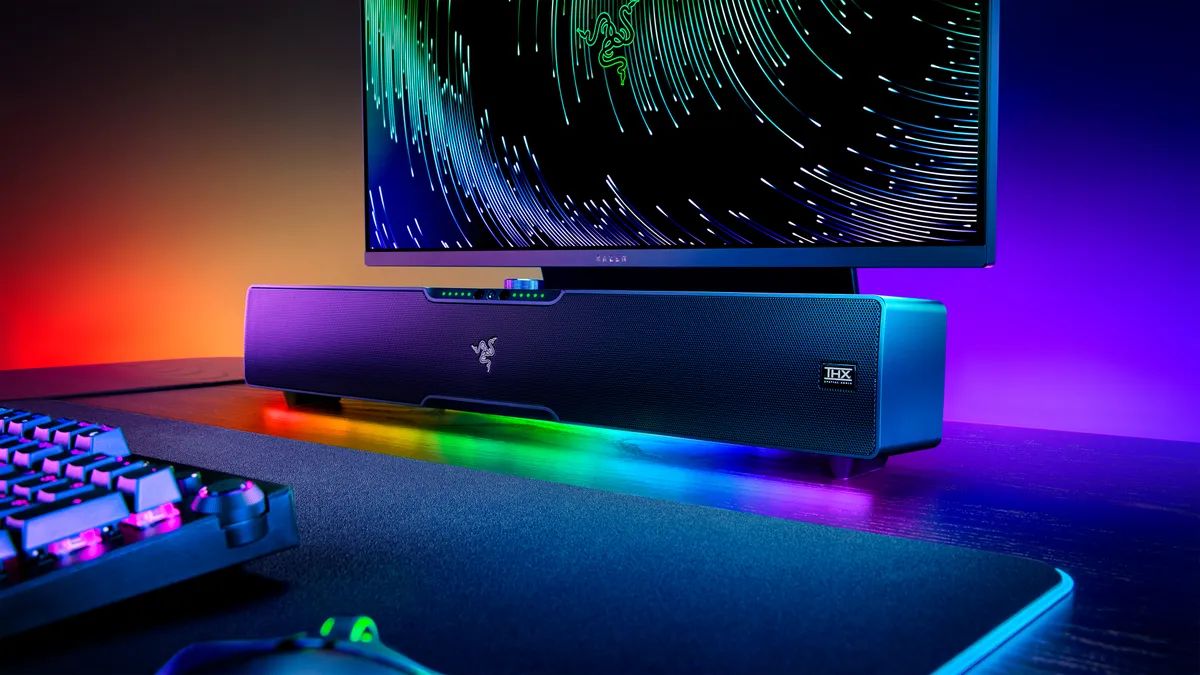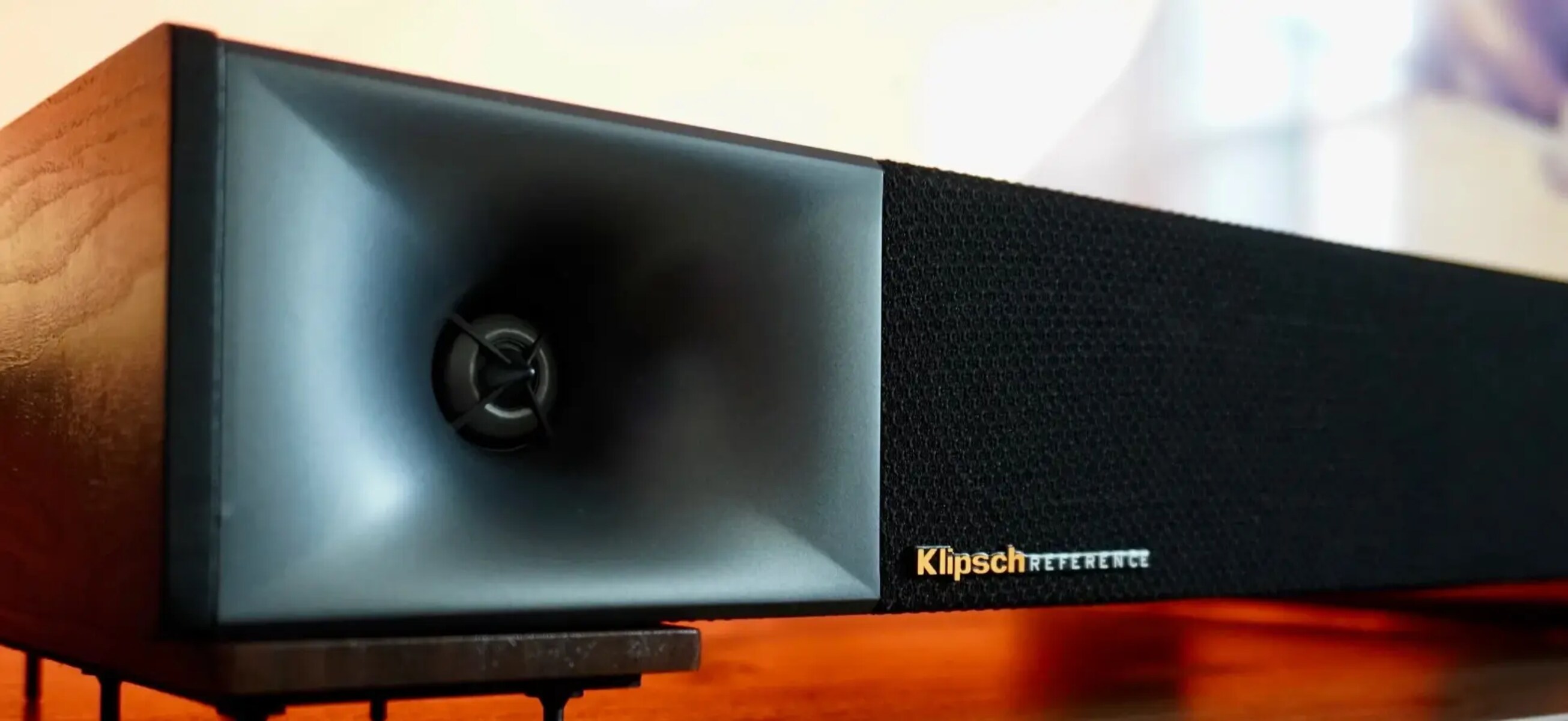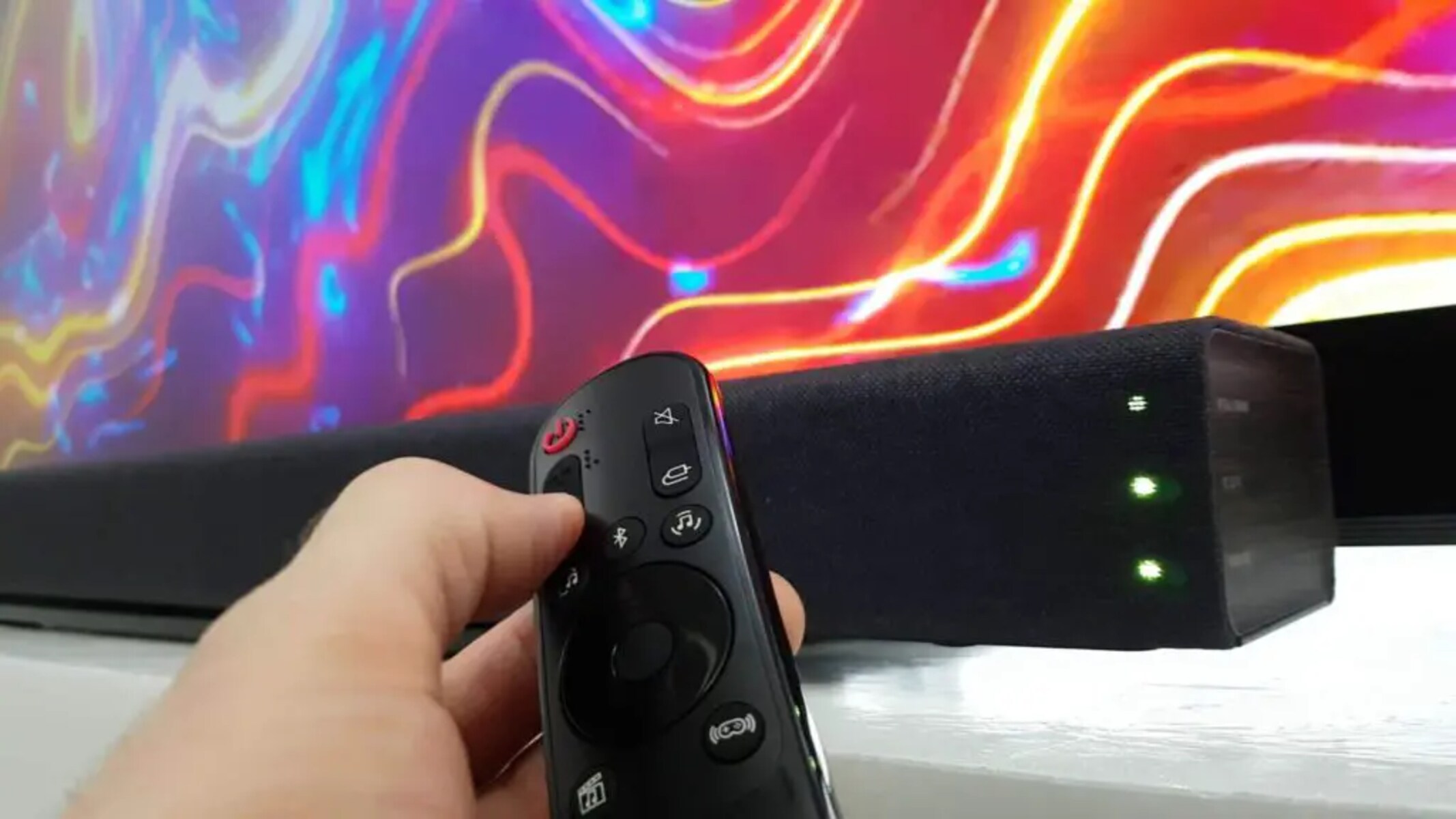Introduction
Understanding the Role of a Soundbar
As technology continues to revolutionize our entertainment experiences, soundbars have emerged as a popular audio solution for enhancing the audio quality of TVs and home theaters. These sleek, elongated speakers are designed to deliver immersive sound, making every movie, music, and gaming session a captivating audiovisual journey. Whether you’re a cinephile, music enthusiast, or avid gamer, understanding how to adjust the sound on your soundbar is essential for optimizing your listening experience.
With their compact design and powerful audio output, soundbars are a versatile addition to any entertainment setup. They are engineered to reproduce a wide range of frequencies, from deep bass to crisp highs, ensuring that every sound is delivered with clarity and depth. By delving into the intricacies of soundbar functionality, you can unlock the full potential of these audio marvels and tailor the sound output to suit your preferences.
In this comprehensive guide, we will explore the fundamental aspects of soundbars, providing you with the knowledge and insights needed to adjust sound settings, troubleshoot common issues, and make the most of your soundbar experience. Whether you’re a tech aficionado or a casual user seeking to elevate your audio setup, this guide will equip you with the expertise to optimize your soundbar’s performance and immerse yourself in a world of captivating sound.
Understanding Your Soundbar
Before delving into the intricacies of adjusting the sound on your soundbar, it’s essential to gain a comprehensive understanding of its components and functionalities. A typical soundbar comprises multiple speakers housed in a single enclosure, with some models featuring built-in amplifiers and subwoofers. These components work in harmony to deliver a rich audio experience, filling the room with immersive sound.
One of the key features of a soundbar is its ability to simulate surround sound, creating a captivating audio environment without the need for multiple speakers placed around the room. This is achieved through advanced audio processing technologies that expand the soundstage, enveloping the listener in a 3D audio landscape. Additionally, many soundbars support various audio formats, including Dolby Atmos and DTS:X, further enhancing the depth and realism of the audio output.
Understanding the input and output options of your soundbar is crucial for seamless integration with other audiovisual devices. Most soundbars offer multiple connectivity options, such as HDMI, optical, and Bluetooth, allowing you to connect them to TVs, gaming consoles, media players, and mobile devices. Some high-end soundbars also feature HDMI-ARC (Audio Return Channel) support, enabling two-way communication between the soundbar and the TV, simplifying the setup and enhancing the overall user experience.
Furthermore, familiarizing yourself with the soundbar’s audio presets and equalizer settings can significantly impact your listening experience. Many soundbars come with pre-configured sound modes tailored for different content types, such as movies, music, and sports. Additionally, the availability of manual equalizer adjustments allows you to fine-tune the sound profile to match your preferences, whether you prefer punchy bass for action movies or crystal-clear vocals for music playback.
By comprehensively understanding the features and capabilities of your soundbar, you can harness its full potential and tailor the audio output to create a personalized and immersive listening environment. This knowledge forms the foundation for effectively adjusting the sound settings and optimizing the performance of your soundbar to suit your preferences and entertainment needs.
Adjusting Sound Settings
Customizing the sound settings on your soundbar empowers you to fine-tune the audio output, ensuring that every sound is reproduced with precision and impact. Whether you’re aiming to amplify the dialogue in movies, heighten the excitement of gaming sound effects, or immerse yourself in the nuances of music, understanding how to adjust the sound settings is pivotal in optimizing your listening experience.
One of the primary sound settings to consider is the equalizer, which allows you to modify the balance of frequencies to suit your audio preferences. Many soundbars offer preset equalizer modes tailored for different content types, such as movie mode for immersive cinematic sound and music mode for enhanced musical clarity. Additionally, manual equalizer adjustments enable you to fine-tune specific frequency ranges, such as bass, midrange, and treble, to achieve a personalized sound signature that resonates with your auditory preferences.
Furthermore, some soundbars feature dynamic range compression (DRC) settings, which are particularly useful for late-night viewing or when you need to limit the volume variances between loud and quiet sounds. Activating DRC can enhance the intelligibility of dialogue at lower volumes while maintaining the impact of explosive sound effects, providing a balanced audio experience even at reduced volume levels.
Another essential aspect of soundbar adjustment is the dialogue enhancement feature, designed to elevate the clarity and prominence of speech in movies and TV shows. By selectively boosting the frequencies associated with dialogue, this setting ensures that conversations remain clear and intelligible, even amidst a cacophony of background sound effects and music.
Additionally, exploring the spatial audio settings of your soundbar can enrich your listening experience by simulating a wider soundstage and creating a sense of sonic immersion. Features such as virtual surround sound and 3D audio processing utilize advanced algorithms to expand the perceived spatial dimensions of the audio, transporting you into the heart of the action in movies and games.
By mastering the art of adjusting sound settings on your soundbar, you can unleash its full potential and tailor the audio output to suit your unique preferences, transforming every listening session into a captivating auditory journey.
Using Remote Control or App
Controlling your soundbar’s settings and features via a remote control or dedicated mobile app offers convenience and flexibility, allowing you to effortlessly adjust the audio parameters and explore various sound-enhancing functionalities.
The remote control serves as a tactile interface for managing the soundbar’s settings, providing quick access to volume adjustments, sound modes, and input selection. Many soundbar remotes also feature dedicated buttons for specific functions, such as dialogue enhancement, bass boost, and preset sound modes, streamlining the process of customizing the audio output to match the content being enjoyed. Additionally, some remotes incorporate backlighting or intuitive button layouts for enhanced visibility and ease of use in dimly lit environments.
For a more modern and streamlined approach to soundbar control, dedicated mobile apps offer a wealth of features and customization options at your fingertips. By connecting your soundbar to a compatible smartphone or tablet via Bluetooth or Wi-Fi, you can access a comprehensive suite of audio adjustments, EQ settings, and sound mode selections directly from the app interface. This level of control empowers you to fine-tune the soundbar’s performance with precision, creating a tailored audio experience that aligns with your specific preferences.
Moreover, many soundbar apps offer seamless integration with music streaming services, allowing you to browse and play your favorite tracks directly through the app, while leveraging the soundbar’s audio enhancements to elevate the listening experience. Additionally, app-based control often includes the ability to create custom sound profiles, save preferred settings, and receive firmware updates, ensuring that your soundbar remains optimized and up to date with the latest features and improvements.
Furthermore, the intuitive nature of app-based control simplifies the navigation of complex soundbar settings, providing visual representations of audio adjustments and offering in-depth explanations of each feature, making it easier to explore and understand the full range of sound customization options available.
Whether utilizing the tactile convenience of a remote control or the comprehensive functionality of a dedicated app, the ability to adjust and fine-tune your soundbar’s settings with precision and ease enhances the overall audio experience, ensuring that every sound is tailored to perfection for an immersive and captivating listening journey.
Troubleshooting Sound Issues
While soundbars are designed to deliver exceptional audio performance, encountering occasional sound issues can disrupt the immersive listening experience. By familiarizing yourself with common troubleshooting techniques, you can swiftly address and resolve sound-related challenges, ensuring that your soundbar consistently delivers high-quality audio.
One prevalent issue that users may encounter is sound distortion or muffled audio. This can be attributed to a variety of factors, including incorrect input settings, audio cable issues, or interference from nearby electronic devices. To address this, verify that the soundbar is set to the appropriate input source, and ensure that audio cables are securely connected and free from damage. Additionally, relocating the soundbar away from potential sources of interference, such as wireless routers or other electronic equipment, can mitigate sound distortion and improve audio clarity.
If you experience intermittent sound dropouts or audio synchronization issues, particularly when using wireless connectivity options such as Bluetooth or Wi-Fi, consider optimizing the placement of the soundbar and the connected audio source to minimize signal interference. Additionally, ensuring that the soundbar’s firmware is up to date can resolve compatibility issues and improve wireless connectivity stability.
In the event of unresponsive controls or erratic behavior, performing a power cycle by unplugging the soundbar from the power source for a few minutes before reconnecting it can often resolve temporary system glitches, restoring normal functionality. Similarly, ensuring that the remote control has fresh batteries and a clear line of sight to the soundbar’s receiver can eliminate control-related issues.
Furthermore, if you encounter discrepancies in volume levels or audio balance, accessing the soundbar’s equalizer settings and ensuring that the audio output is configured to your desired preferences can rectify these issues. Additionally, verifying that the audio source’s output settings, such as TV volume control or media player settings, are optimized can prevent volume inconsistencies and ensure a harmonized audio experience.
In cases where persistent sound issues persist despite troubleshooting efforts, referencing the soundbar’s user manual or contacting the manufacturer’s customer support can provide specialized guidance and assistance in diagnosing and resolving complex audio challenges, ensuring that your soundbar continues to deliver exceptional audio performance.
By leveraging these troubleshooting techniques and resources, you can swiftly address sound-related issues and maintain a consistently immersive and enjoyable audio experience with your soundbar.









